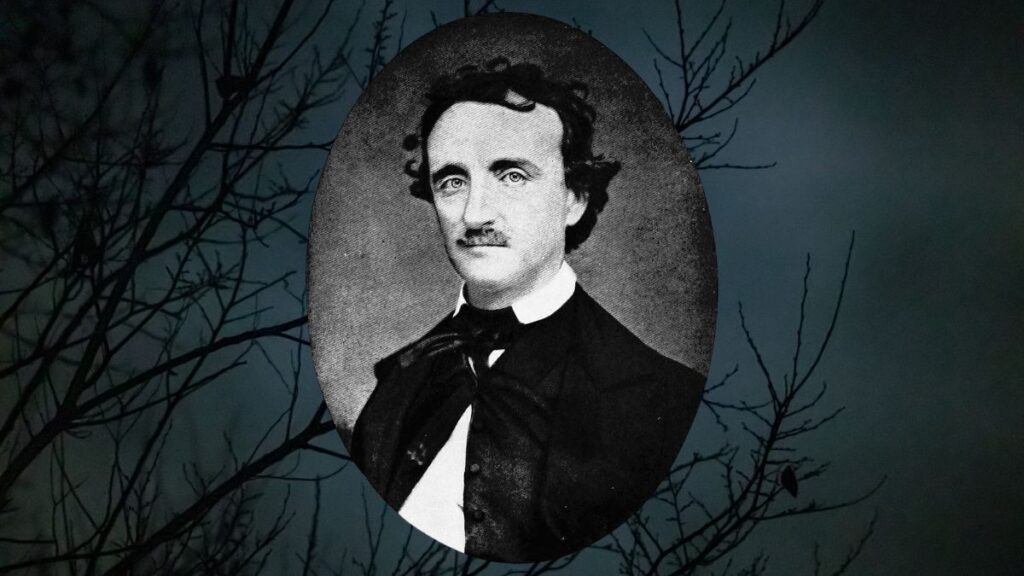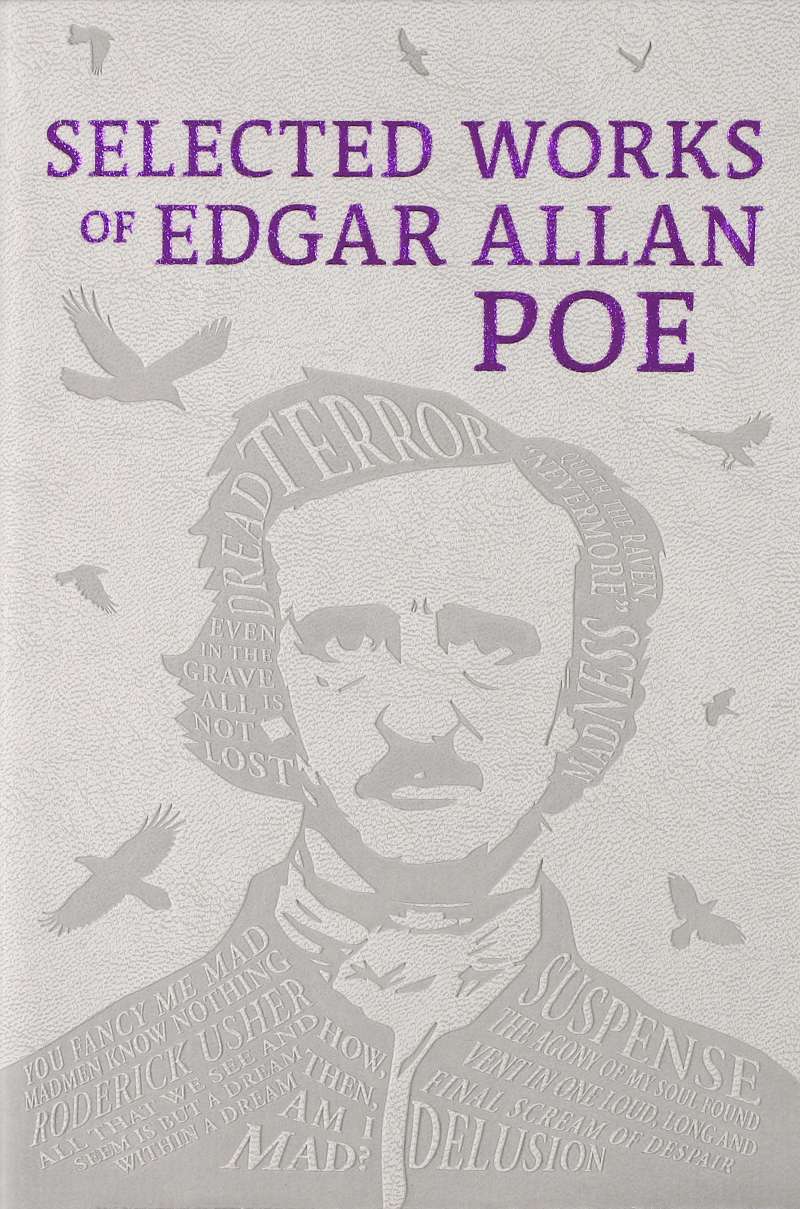Maybe it’s because he died in October, or maybe it’s because Halloween is coming, and he wrote so beautifully and entertainingly about dark, deadly things. At any rate, around here at this time of year, our thoughts increasingly turn to Edgar Allan Poe. Here’s a look at the life and work of a true American master.
Poe Before Poe
Edgar Allan Poe’s birth name: Edgar Poe. Born to Shakespearean actors in Boston in 1809, both of his parents were starring in a production of King Lear at the time, meaning the boy was likely named after the character Edgar. When he was three, his parents died, and he was adopted by Virginia businessman John Allan, who renamed the kid Edgar Allan Poe.
Add the Word Cloud Classic of Poe’s best-known works to your library today.
Juvenile Diversions
As a child, Poe idolized 19th century British Romantic poet Lord Byron, so much so that he voraciously wrote poetry and compiled a volume he submitted to publishers at age 13. While he garnered some interest, its publication was ultimately blocked when the headmaster of Poe’s school asked the boy’s guardian to disallow it. Nevertheless, Poe would publish as a very young man—Tamerlane and Other Poems hit stores when he was 18, albeit in a print run of just 50 copies and credited anonymously to “A Bostonian.”
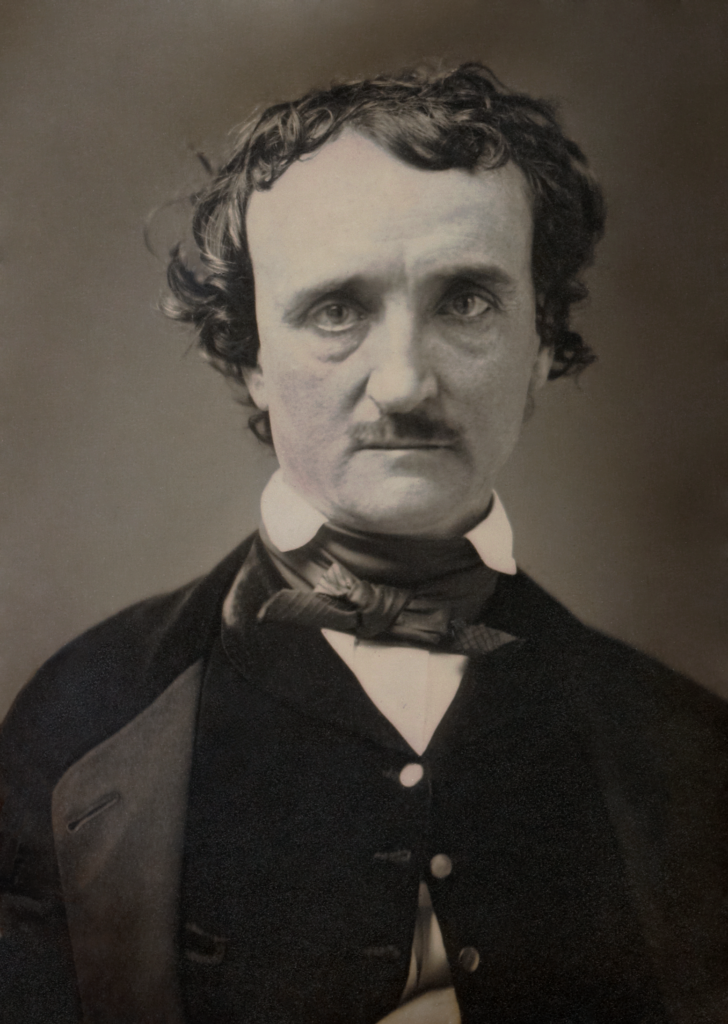
Grinding it Out
Poe is best known in the decades after his death as an author of melancholy if not horrific poems and short stories, such as “The Raven” and “The Tell-Tale Heart,” respectively. In his lifetime, Poe was well-known in literary circles and to the general public, but more for his less precious works. For decades, he made his living as a freelancer. He edited poetry anthologies, worked as a literary critic, wrote a textbook, and published works of scientific theory.
Mystery Solved
One of Poe’s best-known works is 1841’s “The Murders in the Rue Morgue.” Not only is it one of the first works of short fiction widely published in the United State—thus creating the genre of the short story, the dominant form of fiction writing in America for a century—but it also established most elements of detective writing. “The Murders in the Rue Morgue” stars character C. Auguste Dupin, who, with his best friend, solves a deadly mystery via meticulously going through procedural steps. It influenced everything from Sherlock Holmes to Law and Order.
Mystery Unsolved
Poe’s weird, creepy, mysterious death is like something out of, well, a short story or poem by Poe. In 1849, he disappeared for five days and was found on October 3, 1939, in Baltimore by a friend in a confused and incoherent state and in desperate need of medical attention. Four days later, he died, having never regained lucidity and after calling out the name “Reynolds” multiple times hours before he died. According to the Poe Museum, more than two dozen cause-of-death theories have been floated about the author, including alcoholism, diabetic coma, flu, rabies, heavy metal poisoning, carbon monoxide poisoning, and tuberculosis. His official cause of death: “congestion of the brain,” which isn’t really a thing.
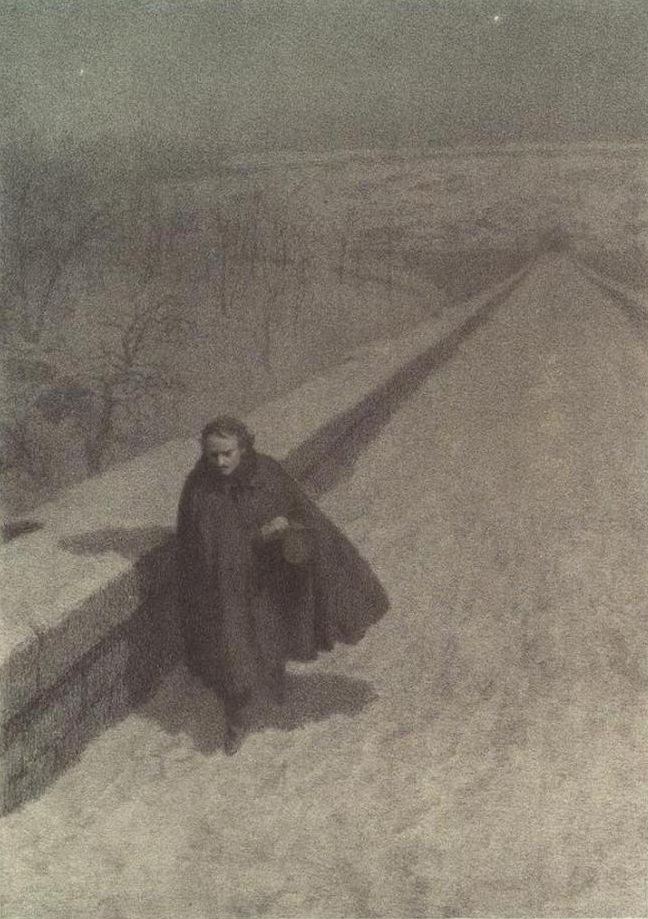
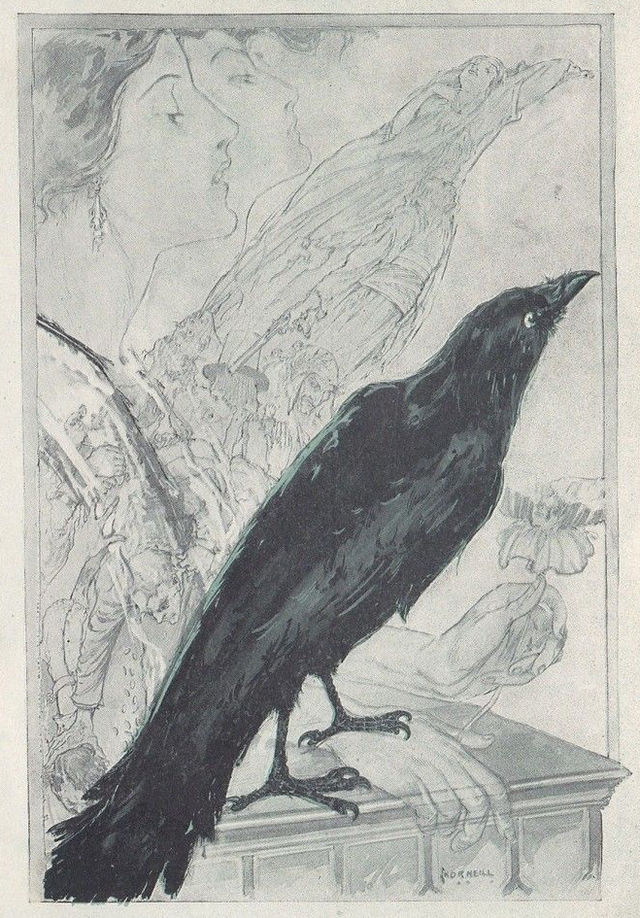
Go Ravens
The only major American sports team named after a literary work: the NFL’s Baltimore Ravens. Edgar Allan Poe lived and worked in Baltimore; the franchise named itself after Poe’s spooky poem “The Raven.”
In need of a quaint and curious volume of not-so-forgotten lore, maybe while you think about Lenore? Then peruse Edgar Allan Poe: Complete Works. This special, leather-bound omnibus is available now from Canterbury Classics.








